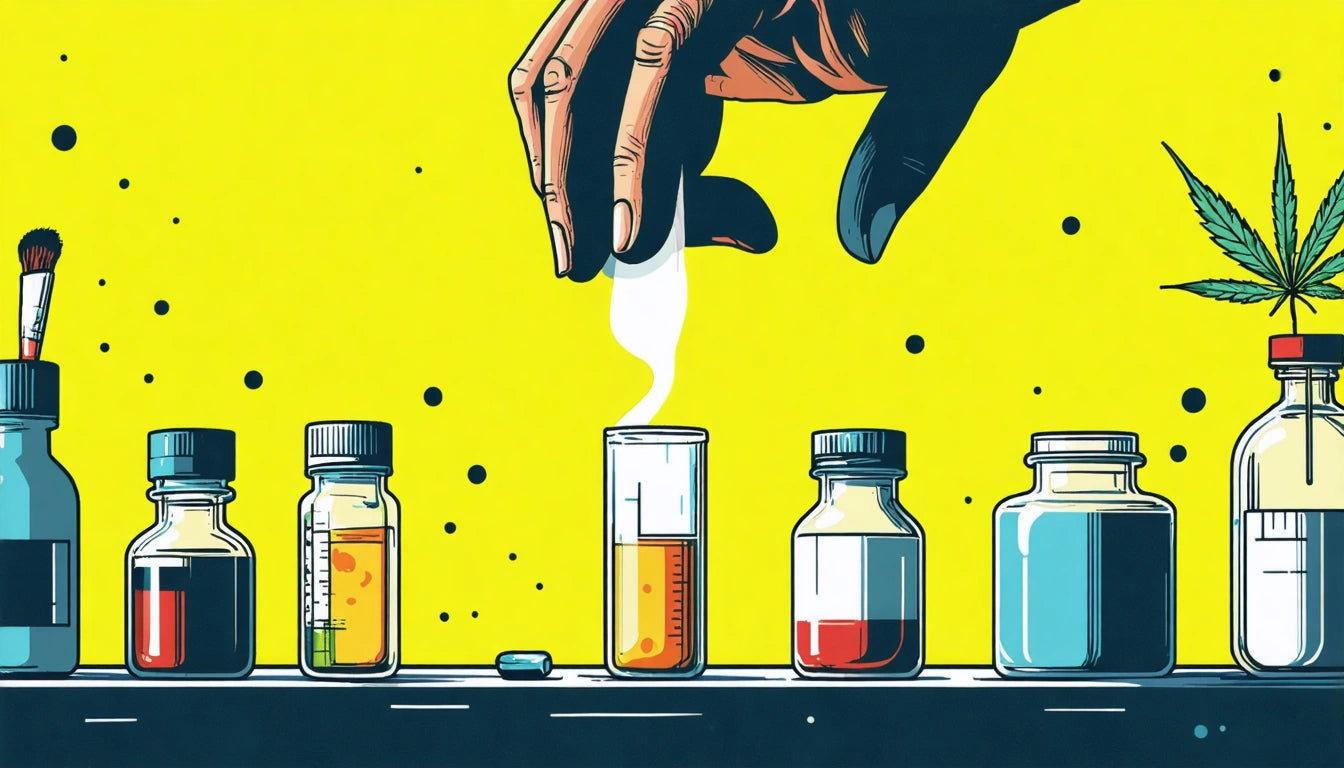How Long Does It Take for THC to Leave Your System?
Understanding how long THC remains in your system is crucial for many cannabis consumers, whether for employment drug testing, legal compliance, or personal health monitoring. The timeframe for THC to leave your system varies significantly based on multiple factors, including consumption method, frequency of use, and individual metabolism.
THC Detection Windows: Understanding Testing Timeframes
THC detection windows vary widely depending on the testing method used. According to comprehensive research on THC detection, the general timeframes are:
- Urine tests: 3-30 days (depending on usage patterns)
- Blood tests: 1-7 days
- Saliva tests: 1-3 days
- Hair tests: Up to 90 days
For occasional users (once per week or less), THC typically clears from urine within 3-4 days. However, moderate users (several times weekly) may test positive for 5-7 days, while heavy daily users can test positive for 10-30+ days after last consumption.
Factors Affecting THC Clearance Time
Frequency of Use
How often you consume cannabis significantly impacts clearance time. THC is fat-soluble and accumulates in fatty tissues with repeated use, creating a buildup that takes longer to eliminate.
Consumption Method
The way you consume cannabis affects how quickly THC enters and leaves your system. Smoking or vaping introduces THC directly into the bloodstream through the lungs, while edibles must first pass through the digestive system and liver, resulting in different metabolic pathways and clearance times.
Metabolism and Body Composition
Individual metabolic rates and body composition play crucial roles in THC elimination. Those with faster metabolisms and lower body fat percentages typically clear THC more quickly than those with slower metabolisms and higher body fat percentages.
THC Metabolism Explained: How Your Body Processes Cannabis
When THC enters your body, it's metabolized by liver enzymes into various metabolites, primarily THC-COOH, which is what most drug tests detect. This metabolite is fat-soluble and gets stored in fatty tissues, gradually releasing back into the bloodstream over time. This slow release is why THC can remain detectable in urine long after the psychoactive effects have subsided.
Detection Methods and Their Sensitivity
Different testing methods have varying sensitivities and detection windows:
Urine Testing
The most common method, urine testing, detects THC-COOH metabolites. Standard cutoff levels are typically 50 ng/mL for initial screening and 15 ng/mL for confirmatory tests.
Blood Testing
Blood tests detect active THC rather than metabolites, making them better indicators of recent use and potential impairment. THC typically remains detectable in blood for only 1-2 days in occasional users but may be detectable for up to 7 days in frequent users.
Saliva Testing
Saliva tests detect recent use, typically within the past 24-72 hours. These are becoming more common for roadside testing in some regions.
Hair Testing
Hair tests can detect THC metabolites for up to 90 days, as they become trapped in hair follicles as hair grows. This method cannot determine when use occurred within that 90-day window.
For those concerned about detection, proper storage of cannabis products is essential. Many consumers use child-resistant containers with secure caps to safely store their products while minimizing odor and maintaining freshness, which helps prevent accidental exposure that could lead to unexpected test results.
Strategies for Faster THC Clearance
While no method guarantees immediate THC elimination, several approaches may help speed up the process:
- Hydration: Drinking plenty of water helps dilute urine and may assist with elimination, though it won't dramatically accelerate THC metabolism.
- Exercise: Physical activity can help burn fat where THC metabolites are stored, potentially speeding up release. However, avoid exercise 24 hours before a test, as it may temporarily increase THC levels in the bloodstream.
- Diet: A healthy diet low in fat and high in fiber may help speed elimination by reducing new fat storage and promoting digestive health.
- Detox products: While many commercial detox products make bold claims, scientific evidence for their effectiveness is limited. Proper detox strategies focus more on natural methods and realistic timeframes.
According to research on THC elimination methods, the most reliable approach is simply allowing sufficient time to pass, as the body's natural metabolic processes are the primary mechanism for THC clearance.
Practical Guidelines for Different User Types
Based on consumption patterns, here are general guidelines for how long it takes THC to leave your system:
Single-Use Consumers
After a single use, most people can expect THC to clear from their urine within 5-8 days, blood within 1-2 days, and saliva within 1-3 days.
Occasional Users (1-2 times per week)
Occasional users typically clear THC from urine within 7-10 days, blood within 2-3 days, and saliva within 1-3 days.
Regular Users (3-4 times per week)
Regular users may need 15-20 days to clear THC from urine, 3-5 days for blood, and 1-3 days for saliva.
Heavy Users (daily or multiple times daily)
Heavy users often require 30+ days to clear THC from urine, 7+ days for blood, and up to 7 days for saliva.
Remember that these are general guidelines, and individual results may vary based on metabolism, body composition, and specific consumption patterns. For those concerned about drug testing, the safest approach is to allow maximum time for clearance based on your usage pattern.
Understanding how long THC remains in your system helps you make informed decisions about consumption timing relative to potential testing situations, ensuring you can enjoy cannabis products responsibly while managing personal and professional obligations.











Leave a comment
All comments are moderated before being published.
This site is protected by hCaptcha and the hCaptcha Privacy Policy and Terms of Service apply.